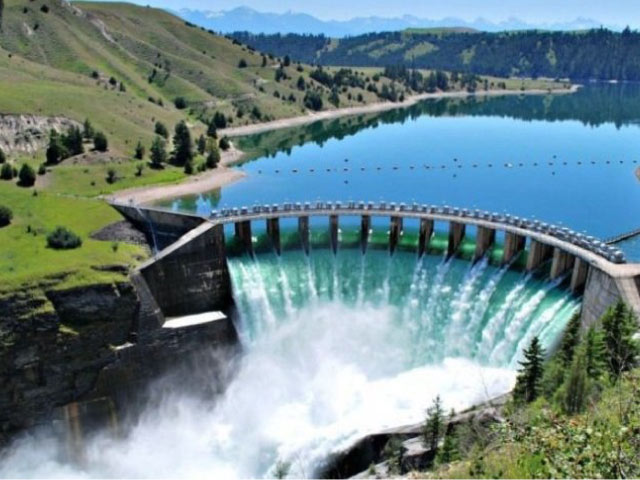Energy is at the centre of our society and governs the activities of every human on Earth. Several kinds of energy exist, such as fossil fuels and solar. Today we are going to focus on the theme of hydroelectric energy. Hydroelectric energy first finds its source in hydraulic energy. The latter is then transformed so that it can be used as hydroelectric energy.
We will first study the economic importance of the sector. We will continue our analysis with a study of offers and players. Finally, we will look at demand, along with trends and prospects.
Economic importance of the sector
The mountain ranges across France made it possible to identify a fleet of 25,732 MW by the end of 2020. The manufacture of hydraulic energy is subject to the vagaries of the weather in this country. Thus, it could count 11.2% of hydraulic energy used in 2019 against 13% in 2020. If we put these figures in parallel with its European neighbours, France is the third largest producer of hydraulic energy. Indeed, France represents 9.7% of the European annual hydraulic energy production. At the global level, however, France was in 12th place, with around 1.5% of annual hydropower.
France has 2,400 hydropower plants, 90% of which are installed directly against waterways. These power plants account for approximately 30% of the French hydropower fleet and represent 7,500 MW. On an annual average, these plants produce 30 TWh.
There are thus several types of power plants. The first of these is power plants near a lake. The latter is equipped with tanks which allow them to treat the water arriving at a later date. Pumped storage plants have two reservoirs: an upper and a lower one. The advantage of such provisions, namely the presence of reservoirs to allow deferred processing, is to be able to control energy consumption. Thus, the power stations are not obliged to create hydroelectric energy directly and can produce it according to the needs of the populations they serve.
As we have just demonstrated, hydroelectric energy occupies a significant part of the energy sector produced in France. France is on the European podium in terms of energy production of this kind.
Offers and players of the sector
In France, there are several players and offers in the hydroelectric sector.
We will only address the most well-known. We can start by studying EDF, literally Electricité De France. EDF alone accounts for nearly 435 sites where hydroelectric energy is produced, with more than 20,000 MW of total installed power. Electricité de France is thus positioned as the leading hydroelectric producer in the European Union.
Next, EIFFAGE is a specialist in the infrastructures necessary for the entire creation of hydroelectric energy.
The Société du Canal de Provence has been developing the Provence Alpes Côte d'Azur sector for more than 50 years in the field of hydroelectric energy.
Finally, Alstom HydroFrance is seeing its expertise extend to the production and distribution of hydroelectric energy through the manufacture, engineering and maintenance, and installation of the necessary equipment.
As we have just demonstrated, multiple actors are present to respond to offers from the field. Thus, multiple companies of, more or less, large scale, national or rather departmental, divide the tasks according to different fields of activity: installation of equipment, distribution of the hydroelectric energy created, maintenance of equipment, and energy storage.
Demand for the hydroelectric sector, trends and prospects
In 1950, the world had just under 3.5 billion people on Earth. Today, we count nearly 7.7 billion people. Forecasts announce almost 9.7 billion inhabitants by 2050 and 11 billion people by 2100. Population growth has been steadily increasing since 1950, shattering all predictions. Thus, it is important to be able to meet the energy needs of all populations.
Moreover, as a reminder, populations have not all evolved at the same pace. The northern countries have seen a strong progression in their lifestyles since the Industrial Revolution in the 19th century. However, the countries of the South, which are generally poorer, have not succeeded in following this wave of progress. Thus, the countries of the South are in full development in the 21st century. However, many of them do not have access to the energy that their population will need.
In the decades to come, it will be a question of rehabilitating the old hydroelectric power stations that are no longer necessarily up to standard. The idea of inhabiting the territory, French, European, and worldwide through new power stations is also at the heart of the discussions.
To conclude, we can say that hydroelectric energy is very popular in the French territory. The idea of using the means offered by the Planet to meet human needs such as water, and hydroelectric power, also makes it possible to be part of a more environmentally friendly approach.









